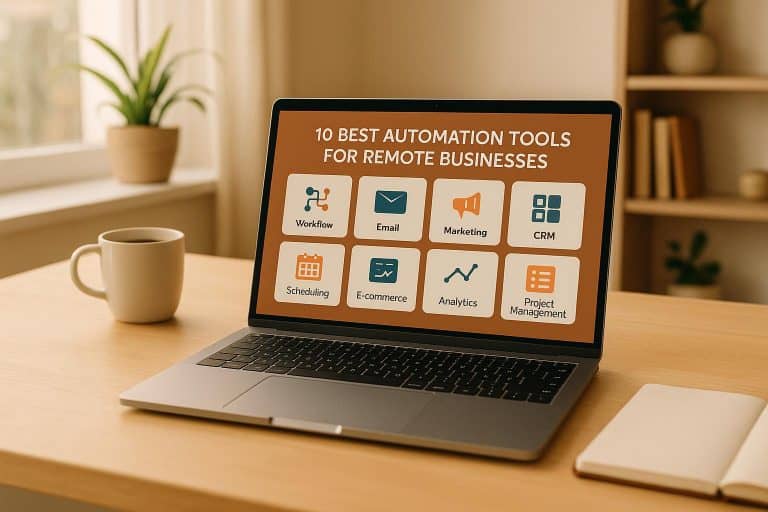Are you looking for the best e-commerce store optimization strategies that can drastically improve the number of customers and sales? In this article, I’ll share 7 strategies that have worked for some of the biggest e-commerce stores in the world. This will help you compete against established brands to increase your market share.
Mobile e-commerce accounted for over $360 billion in sales in 2021, so the size of the market is huge. To increase your share of the pie, you’ll need to improve the quality of your e-commerce store. That’s especially true in highly competitive marketplaces where many stores are established.
Read the rest of this article to improve your edge in any e-commerce marketplace.
1. Add a Loyalty Store
One of the best ways to keep customers around for the long-term, is to add a loyalty store that provides rewards the more customers spend. Hence, they are incentivized to continue spending at your store instead of going to competitors.
However, this strategy only works if you are able to provide a good quality offer. This means free samples, big discounts, and early access to new products. However, you shouldn’t destroy your product profitability to achieve this. Instead, try to add discounts for products that already have a high profit margin.
This means that the product will still be profitable after offering the discount. Also, ensure that the size of the rewards increases as customers spend more money. After all, you need to reward loyalty for customers to stick around.
2. Add Upsells
Upsells are offers that you deploy to try and get more expensive sales after the initial purchase was made. This ensures that you can get the most amount of money from each customer. However, you must use the correct strategy with upsells to ensure that you can increase the odds of a conversion.
Here are a few ideas for improving upsell performance:
- Targeting: the upsell offer must be targeted to ensure that you can get the highest conversion rate possible. Also, customers that receive untargeted offers might view it as spam and avoid your brand in the future.
- Explain benefits: you must make a case for why the upsell is a good deal and the customers would receive a benefit from the purchase.
- Wait: don’t upsell customers right after they have made a purchase. Give them time to enjoy and use your product. Once they have had time to try your products for an extended period, you can introduce your upsell offer.
3. Email Capture Forms
Creating an email list with your e-commerce store is important to ensure that you can generate a steady stream of sales. Let’s say you build an email list of 10,000 customers. You can send an email when new products launch, and even if 1% buy, that’s 100 new orders from a single email.
You’ll need to position the email capture form all over the website to increase your odds of getting the subscription. Make the capture forms stand out and don’t ask for too much information. Just the name and email are enough to get the subscribers on your list. You can always ask for further information in the future.

4. Remove Distractions
The goal of an e-commerce website is to secure as many product purchases as possible. To do this, you’ll need to avoid adding distractions that will take the visitor’s attention away from the main objective.
This includes things like images, videos, and other web page elements. If they don’t contribute to moving the customer along the sales funnel, then get rid of it. If you want to add value like articles, then a blog is the best place for that type of content. This can be a separate section of your website that doesn’t interfere with the e-commerce side.
5. Improve Images
The quality of product images can be the difference between securing the sale and losing out. Hence, it’s important that all images have a high resolution and they show the product in the best light. Also, you should make sure to include several images of each product so users can view them from different angles.
Lifestyle images are also a good idea, which shows how the product should be used. This makes it easier to buy products since users can visualize how they’ll end up using the product.
Not sure how to create the best images for your product? Then take the time to look at competitors’ websites to see what they have.
6. Product Descriptions and Specifications
Don’t forget to add good quality descriptions that make the visitor understand the benefits and use cases of the products. Hence, you can make an informed buying decision. Also, these descriptions should be easy to read and to the point. Using bolding and bullet points helps skim through the information to determine the best product for their needs.
Also, specifications must be added to product pages so that users can understand exactly what they’re buying. This will reduce the number of questions your customer service team will need to answer.
7. Stock Numbers
Adding Stock numbers to product pages adds a sense of urgency, which may increase conversions. For example, if customers notice that there is only a handful of stock left, then they may buy to avoid missing out.
Adding stock numbers and out of stock messages should be available with most top-tier e-commerce platforms like Shopify. Therefore, it should be easy to implement.
Final Thoughts
To conclude, the e-commerce store optimization strategies in this article are some of the top best methods for increasing the number of sales and getting customers to come back. They are simple to implement and you can view examples on competitor websites.
However, the e-commerce store optimization strategies in this article is just the tip of the iceberg. There are many other ones you can add to increase your odds of having a successful e-commerce store.








